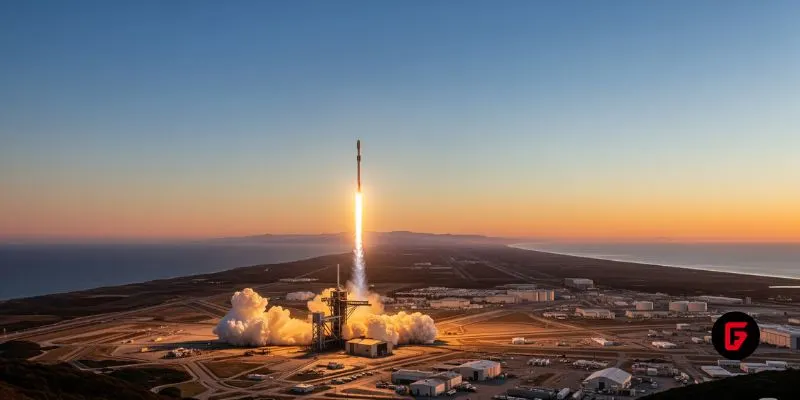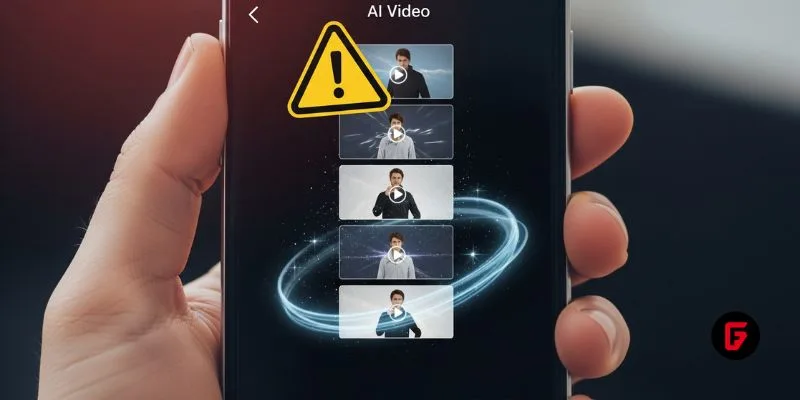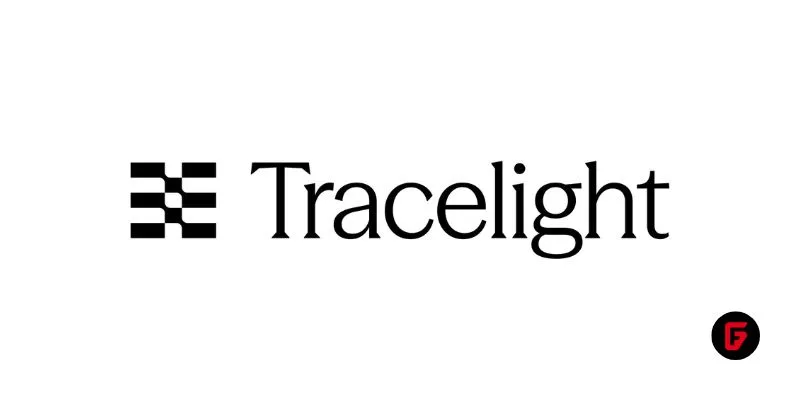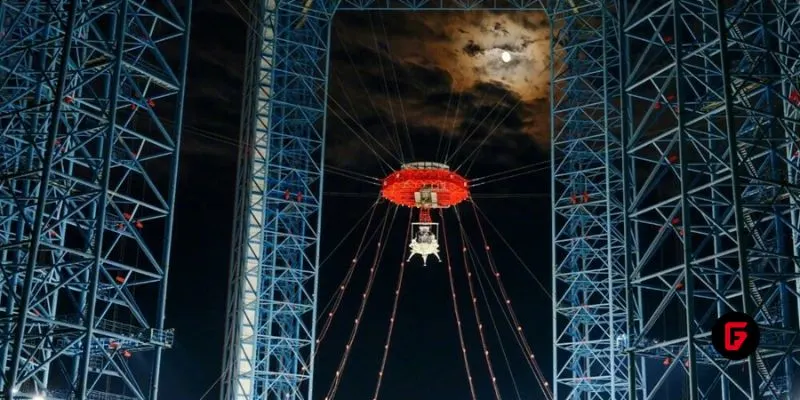By futureTEKnow | Editorial Team
In a bold late-night launch, SpaceX delivered 24 fresh Starlink satellites into polar orbit from Vandenberg Space Force Base in California, marking another milestone in the company’s relentless drive to expand global satellite internet coverage—especially to high-latitude regions like Alaska.
Falcon 9 launches 24 @Starlink satellites from California pic.twitter.com/57IRErhmHN
— SpaceX (@SpaceX) July 19, 2025
The Falcon 9 rocket ignited the night sky at 8:52 p.m. PDT, carrying its payload skyward from Space Launch Complex 4 East.
In a demonstration of reusable rocket technology, the booster (tail number B1082) completed its 14th mission, safely touching down on the “Of Course I Still Love You” droneship in the Pacific about eight minutes post-launch.
Roughly an hour after liftoff, the satellites were successfully deployed into their target polar orbit, a trajectory that supports connectivity in under-served northern regions.
This launch is not just another addition to the Starlink constellation—it’s a calculated step aimed at enhancing internet service in Alaska and other polar locales, where terrestrial infrastructure is sparse. By deploying satellites at a 97-degree inclination, SpaceX is boosting coverage and capacity for high-latitude customers, promising faster and more reliable broadband.
With these latest additions, Starlink’s operational fleet now numbers 7,965 satellites, a figure expected to rise rapidly as SpaceX ramps up launches.
The company plans to launch over 400 more satellites into polar inclination by year’s end, further cementing its presence in the global connectivity landscape.
July has been busy for SpaceX: Just days before this mission, the company launched another batch of 26 Starlink satellites from California.
These frequent deployments have helped SpaceX hit a remarkable 88 Falcon 9 launches in 2025, with a combined launch total from California and Florida now standing at 516.
Each Starlink satellite is designed for broadband internet and direct-to-cell communication, forming a mesh network in low-Earth orbit with minimal latency.
The V2 Mini satellites on board this mission use efficient argon Hall effect thrusters for in-orbit maneuvering, an upgrade from previous generations.
SpaceX is targeting more launches, including from Florida where the next Falcon 9 will deliver SES’s fifth set of 03b mPower satellites.
Meanwhile, the focus on high-inclination orbits signals continuing commitment to connect Alaska, the polar regions, and other remote areas still underserved by traditional network infrastructure.
With each new launch, SpaceX continues to redefine what’s possible in connectivity—bringing high-speed internet closer to even the most isolated parts of the planet.

Bridgit Mendler’s Northwood Space is pioneering mass-produced ground stations, enabling scalable, high-speed connectivity for the new era of satellite networks and megaconstellations.

SpaceX aims to nearly double launches from Vandenberg in 2025, facing support from federal agencies but strong objections from the state and local communities.

Traditional Medicare will pilot AI-assisted prior authorization in 2026 across six states, focusing on high-risk outpatient services. Clinicians retain final say, but incentives and access concerns loom as CMS tests fraud reduction and “gold card” exemptions. Here’s what providers and patients should know.

OpenArt’s new “one-click story” compresses scripting, visuals, and edits into ready-to-post short videos—fueling viral growth and a fresh IP debate. We break down how it works, adoption signals, what’s next (multi-character, mobile), and practical guardrails creators and brands should follow to stay original and compliant.

OpenAI’s o3 swept the Kaggle AI chess tournament, defeating xAI’s Grok 4–0. The victory fueled the intense rivalry between Altman and Musk, reshaping AI benchmarks.

NASA and Google’s AI-powered Crew Medical Officer Digital Assistant enables autonomous diagnoses for astronauts on Mars missions, redefining remote healthcare for space and Earth.

Pinterest’s CEO confirms that fully agentic AI shopping is years away, as the platform invests in AI-powered tools to enhance discovery, inspiration, and personalized shopping experiences for millions.

Shopify’s new AI shopping tools are transforming e-commerce, letting agents and chatbots deliver smooth, personalized shopping and checkout experiences across platforms. Learn how these innovations reshape online retail.

Meta has acquired WaveForms AI, a startup pioneering emotion-detecting voice technology. Learn what this means for Meta’s AI voice ambitions and the future of AI audio.

Tracelight is revolutionizing financial modelling for finance professionals with AI-powered Excel tools that automate complex tasks, reduce errors, and unlock new analysis capabilities. Learn how this next-gen solution changes the future of spreadsheets.

China’s Lanyue lander completed its first major test, showcasing advanced engineering for safe, crewed moon landings before 2030. Explore how this milestone shapes the space race.

Microsoft rolls out GPT-5 across its Copilot suite, integrating smarter AI for enterprise and personal users. Discover new features, free access, and what sets this launch apart.
To provide the best experiences, we use technologies like cookies to store and/or access device information. Consenting to these technologies will allow us to process data such as browsing behavior or unique IDs on this site. Thanks for visiting futureTEKnow.